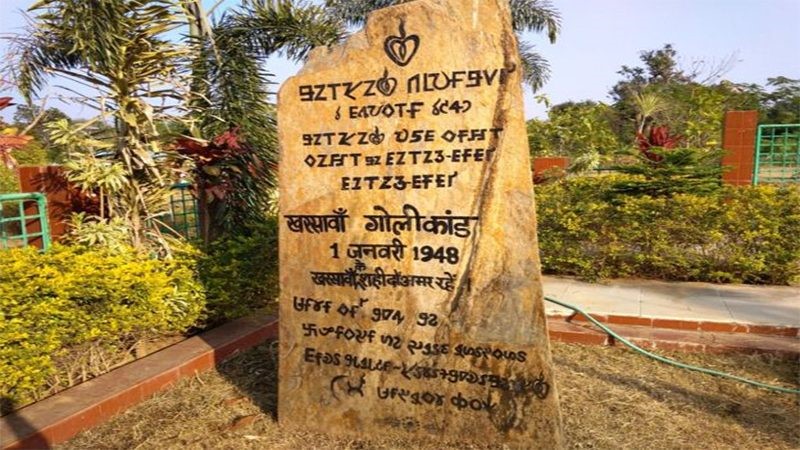Free Courses Sale ends Soon, Get It Now


Free Courses Sale ends Soon, Get It Now



Disclaimer: Copyright infringement not intended.
Context
Details
Historical Context
Merger Dispute
Tragic Events
Aftermath
Conclusion
The Kharsawan massacre remains a painful reminder of the tragic consequences of political decisions and the violence that engulfed innocent lives during India's post-independence period. The absence of definitive accountability and the variance in reported casualty numbers underscore the complexity and gravity of this harrowing event, deserving of remembrance and recognition for the lives lost in pursuit of self-determination and justice.
|
PRACTICE QUESTION Q. Analyze the parallels drawn between the Kharsawan massacre and historical events such as the Jallianwala Bagh tragedy, emphasizing their implications on governance, accountability, and the quest for justice in post-colonial India. (250 Words) |
© 2024 iasgyan. All right reserved